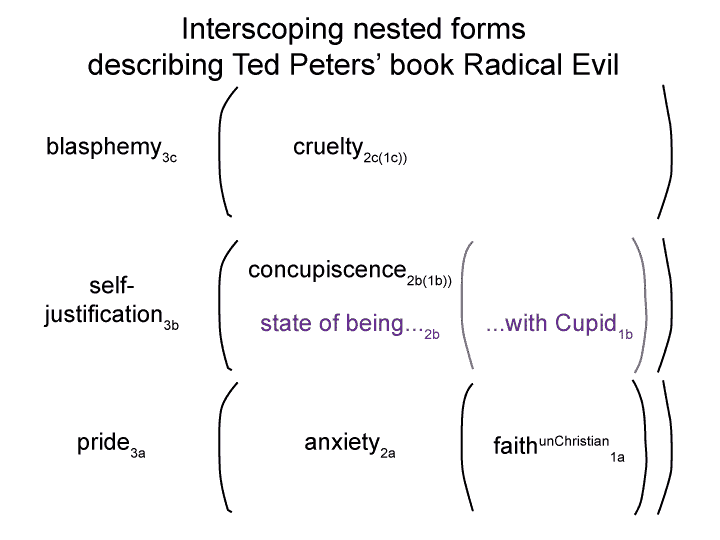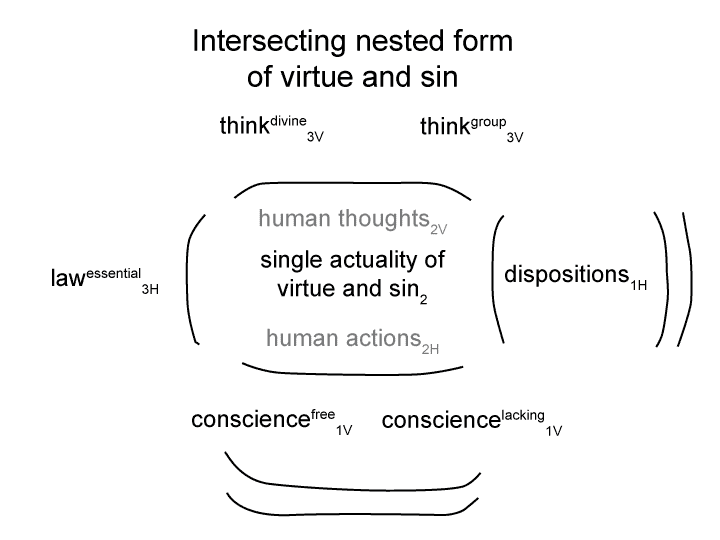Man and Sin by Piet Schoonenberg (1964) 2.3 AL
Summary of text [comment] pages 80 and 81
In the Old Testament, ‘flesh’ is opposed to ‘blood and bones’.
Flesh and bones designates the whole person.
The New Testament presents a different opposition: ‘Flesh’ is opposed to ‘spirit’.
This opposition does not overlay exactly with the ‘flesh as opposed to bones’ terminology of the Old Testament.


